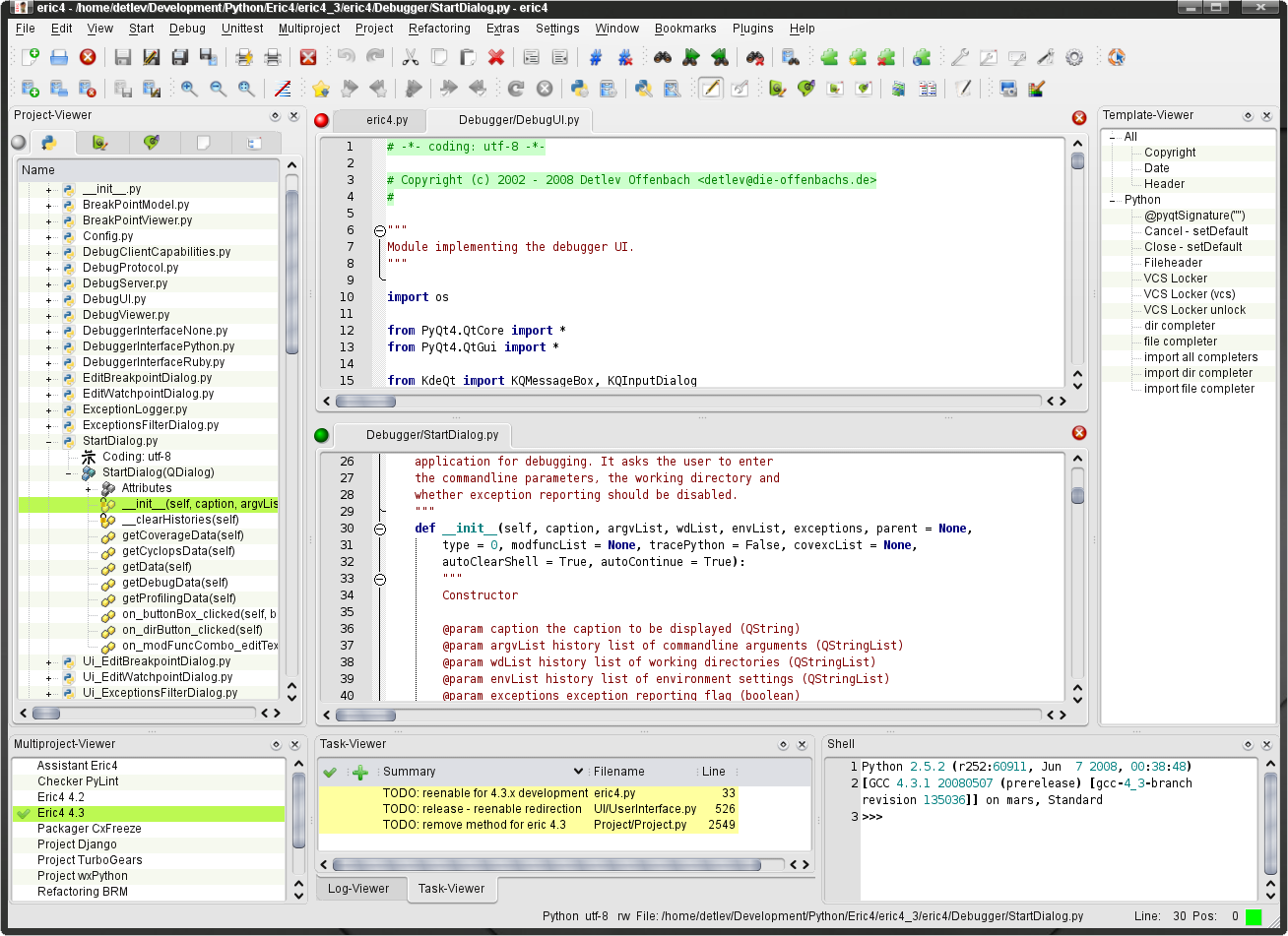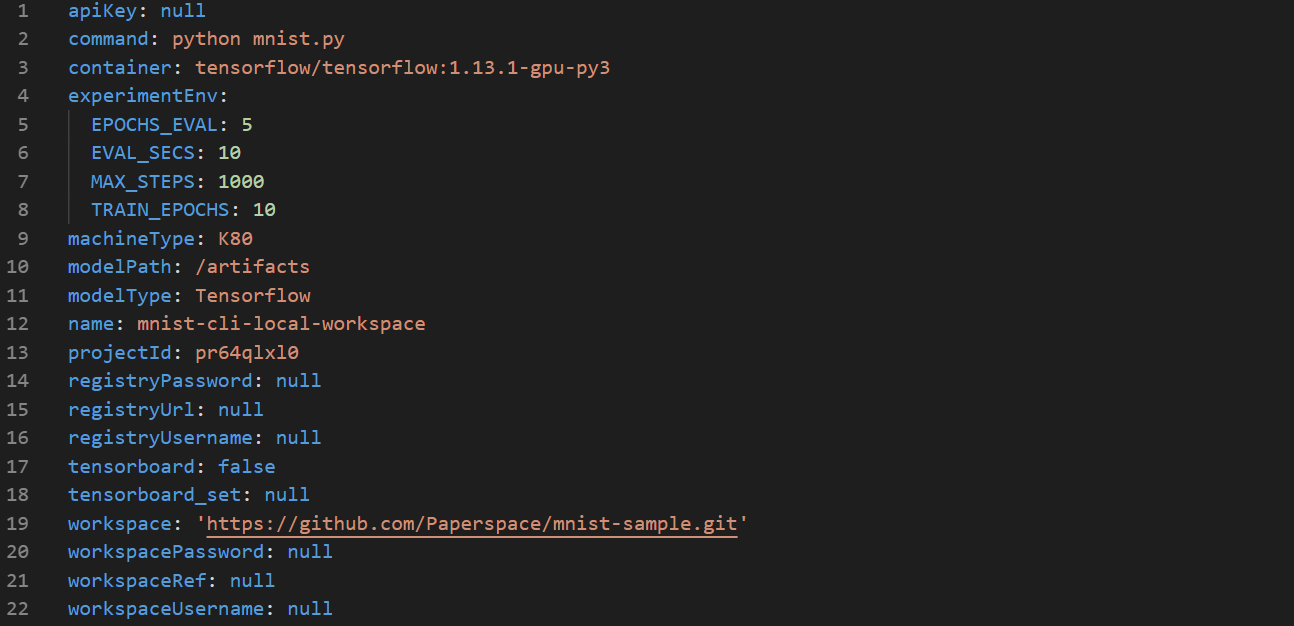

# Program to read single line in a file using readline() functionĮxample 4- Read text file line by line using the readline() function You also use this method to retrieve specific bytes of characters in a line, similar to the read() method. If you want to read a single line in a file, then you could achieve this using readline() function. Welcome Example 3 – Read a single line in a file using the readline() function

# of characters in a file using read() function The method will output only the specified bytes of characters in a file, as shown below. In that case, you can use the read() function by specifying the bytes. There are times where you need to read the specific bytes in a file. # Program to read the entire file (absolute path) using read() functionįile = open("C:/Projects/Tryouts/python.txt", "r")Ĭheers Example 2 – Read the specific length of characters in a text file using the read() function # Program to read the entire file using read() function The file can be opened in the read mode or in a text mode to read the data, and it can be stored in the string variable. In the below example, we are reading the entire text file using the read() method. Examples for Reading a Text file in Python Example 1 – Read the entire text file using the read() function Otherwise, it may cause an unhandled exception. It is a must and best practice to perform this operation after reading the data from the file as it frees up the memory space acquired by that file. The file will remain open until you close the file using the close() function. readlines(): The readlines() function reads all the lines from the text file and returns each line as a string element in a list.readline() : The readline() function returns one line from a text file and retuns in the form of string.This method is useful when you have a small file, and you want to read the specified bytes or entire file and store it into a string variable. read() : The read() function returns the read bytes in the form of string.There are three ways to read data from a text file. '+' Open a file for updating (reading and writing)Įxample file = open('C:\hello.txt','r') Methods for Reading file contents (default) 'b' Open a file in binary mode. Creates a new file if file does not exist. Python will create a new file if does not exist or truncates a file content if file exists 'x' Open a file for exclusive creation. Mode Description 'r' Open a file for read mode (default if mode is not specified) 'w' Open a file for writing. It’s a string that specifies the mode in which you want to open the file. mode (Optional) – The mode is an optional parameter.

file – path like object which represents the file path.It opens the file in a specified mode and returns a file object. Let’s take a look at the necessary params for reading the text file. The open() function has a lot of parameters. Syntax – open(file, mode=’r’, buffering=-1, encoding=None, errors=None, newline=None, closefd=True, opener=None) The open() function opens the file if possible and returns the corresponding file object. Now that we have seen the steps to read the file content let’s understand each of these methods before getting into examples. Step 3: Once the read operation is performed, the text file must be closed using the close() function. Step 2: The next step is to read the file, and this can be achieved using several built-in methods such as read(), readline(), readlines().

Step 1: The file needs to be opened for reading using the open() method and pass a file path to the function. In Python, to read a text file, you need to follow the below steps.
#Python read file how to
In this tutorial, we will take a look at how to read text files in Python. There are mainly two types of files that Python can handle, normal text files and binary files. Python provides built-in functions to perform file operations, such as creating, reading, and writing files.


 0 kommentar(er)
0 kommentar(er)
